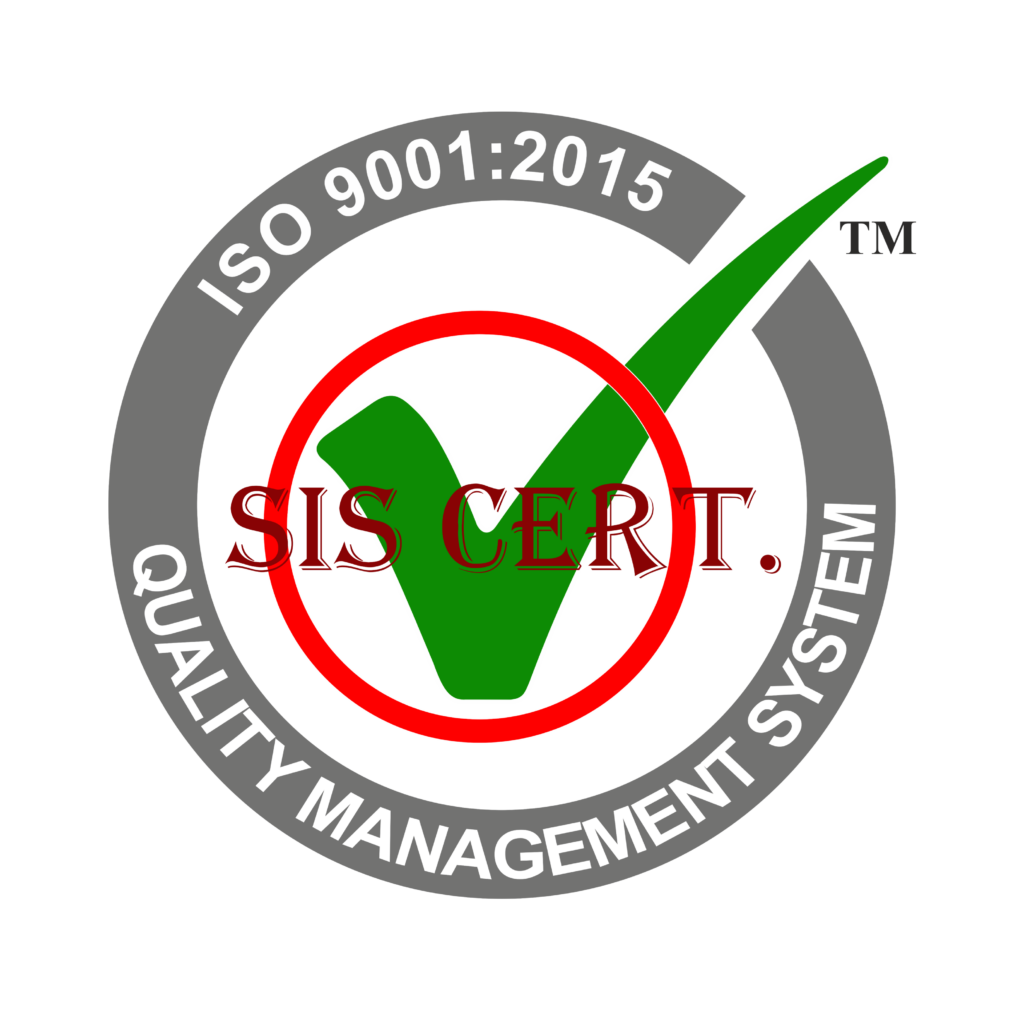The stainless steel industry is constantly pushing the boundaries of innovation in order to increase efficiency and reduce costs.
From new ways to source raw materials to automated production methods, the industry is looking for ways to stay competitive and meet the needs of a rapidly changing market.
In this article, we will explore the daring innovations in stainless steel production that are revolutionizing the industry.
Key Takeaways
- Selection of metals like chromium, nickel, and molybdenum affects the strength and hardness of stainless steel.
- Careful selection and combination of materials create a stainless steel product that meets customer needs.
- Innovative processes such as heat treatments, cold forming, and new steel alloys create stronger stainless steel.
- Advanced methods like powder metallurgy, electron beam welding, and laser beam welding are used in stainless steel production to ensure superior strength, durability, and quality.
Raw Materials
Frequently, stainless steel production relies upon a variety of raw materials to create a quality product. To ensure the highest level of innovation, the use of these materials must be carefully considered.
For instance, the selection of metals like chromium, nickel, and molybdenum can have a significant effect on the strength and hardness of the stainless steel. Additionally, the use of carbon and nitrogen can also play a role in the strength and corrosion resistance of the steel. Other materials, such as sulfur, silicon, and manganese, can also be used to add certain desirable qualities.
By carefully selecting and combining these materials, manufacturers can create a product that meets the needs of their customers.
Innovative processes in stainless steel manufacturing can help to ensure that the best quality product is produced.
Stainless Steel Production
The production of stainless steel requires careful consideration of both the raw materials and the innovative processes used in its manufacturing. The modern stainless steel production process is highly efficient, utilizing the latest technological breakthroughs to refine the process. Heat treatments, cold forming, and new steel alloys are all now used to create stronger, more reliable stainless steel.
In addition, advanced methods such as powder metallurgy, electron beam welding, and laser beam welding, are being employed to create unique stainless steel products with superior strength and durability. The use of these cutting-edge technologies ensures that the stainless steel produced is of the highest quality.
As these innovations continue to be explored, the stainless steel production process will be further optimized to create a superior product.
Automation
To further optimize stainless steel production, automation has been increasingly employed to streamline the manufacturing process. Automation has revolutionized the stainless steel industry, allowing for more efficient production of higher-quality products.
The incorporation of automated systems has facilitated the coordination of processes and operations, allowing for faster production times and better quality control. Automation has also enabled companies to reduce their energy consumption and waste output, as well as to increase their profitability. Automation has thus become a key factor in the successful production of stainless steel.
Moreover, innovative technologies are constantly being developed to further improve the automation process. As a result, stainless steel producers are now able to produce products with greater precision, speed, and accuracy than ever before.
Quality Control
Using sophisticated quality control measures, stainless steel producers have been able to ensure the consistent production of high-quality stainless steel products. Quality control systems are key to achieving production goals that meet customer requirements and industry standards.
Quality control starts by testing the raw materials used in production to ensure they meet the expected quality and specifications. During the production process, quality control teams monitor the equipment and processes to ensure they are operating correctly and producing quality results.
Final inspections are completed on the finished products to ensure they meet the specifications and quality standards. With consistent quality control, stainless steel producers can increase their efficiency and meet customer requirements.
Innovative quality control systems ensure that stainless steel is produced with the highest quality standards.
Cost Savings
In addition to quality control measures, stainless steel producers have also implemented innovative cost saving strategies that help maximize their efficiency and profits.
Streamlining production processes, optimizing raw materials efficiency, and implementing energy-saving measures are some of the ways that these companies are making strides in cost reduction. Automating certain production processes helps to reduce labor costs while also improving the accuracy of outcomes.
Additionally, stainless steel producers are investing in research and development to discover ways to reduce the cost of raw materials. By utilizing modern technologies, such as 3D printing and computer-aided design, they can create better products and reduce waste.
Frequently Asked Questions
How Is Stainless Steel Used in Various Industries?
Stainless steel is a versatile material used in a wide range of industries due to its strength, corrosion resistance, and ability to retain its shape. It is commonly found in the automotive, construction, medical, and food industries.
What Are the Environmental Impacts of Stainless Steel Production?
Stainless steel production has the potential to generate environmental impacts, such as air and water pollution. To ensure sustainability, innovative processes must be developed to reduce these impacts.
What Are the Safety Considerations for Working With Stainless Steel?
Working with stainless steel requires safety precautions to protect workers from potential hazards such as burns, chemical exposure, and exposure to sharp edges. Appropriate protective equipment must be worn at all times.
What Are the Most Innovative Uses of Stainless Steel?
Stainless steel is increasingly being used in innovative ways, from medical implants to furniture and architecture. Its durability and strength make it an ideal material for many unique applications.
What Are the Benefits of Stainless Steel Over Other Metals?
Stainless steel offers superior durability and corrosion resistance compared to other metals, making it an ideal material for daring innovations. It is also highly recyclable, making it an environmentally-friendly choice.
Conclusion
Stainless steel production has been revolutionized through automation and innovative processes. This has resulted in improved quality control and cost savings. These advances have allowed manufacturers to maximize efficiency and precision while minimizing waste and environmental impact.
The continued development of stainless steel production technologies is expected to lead to further advancements in the industry.


